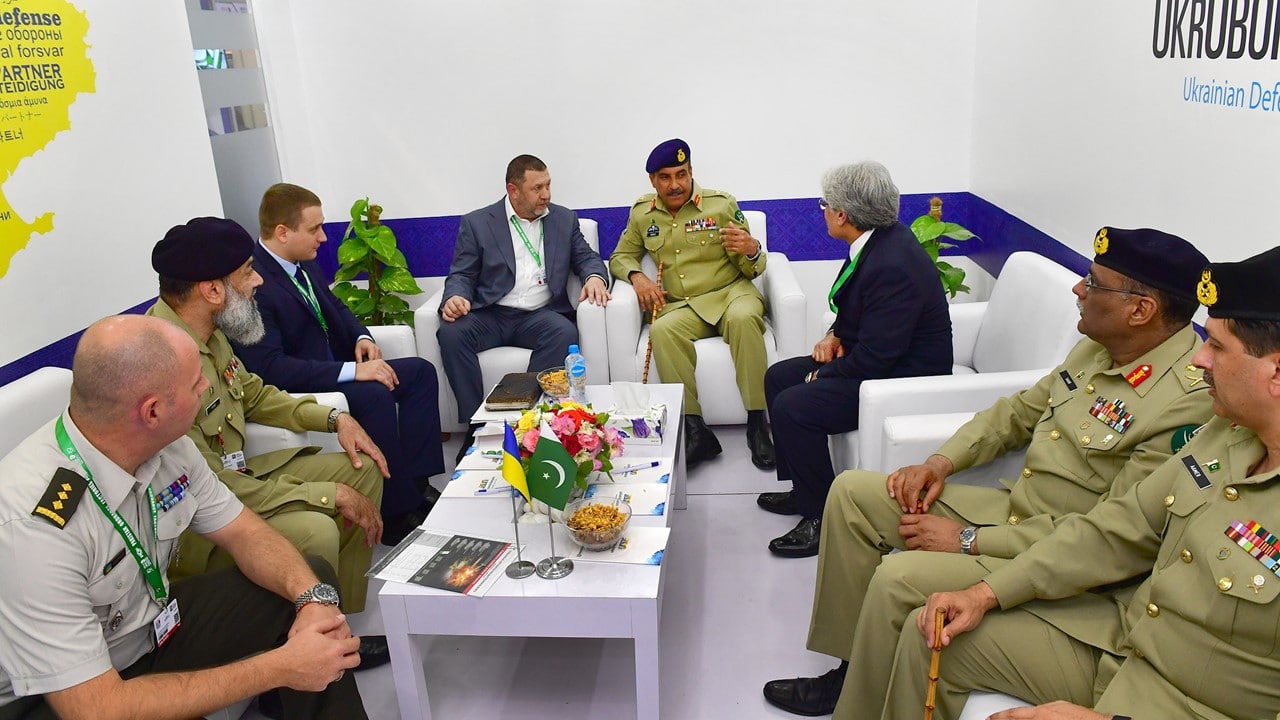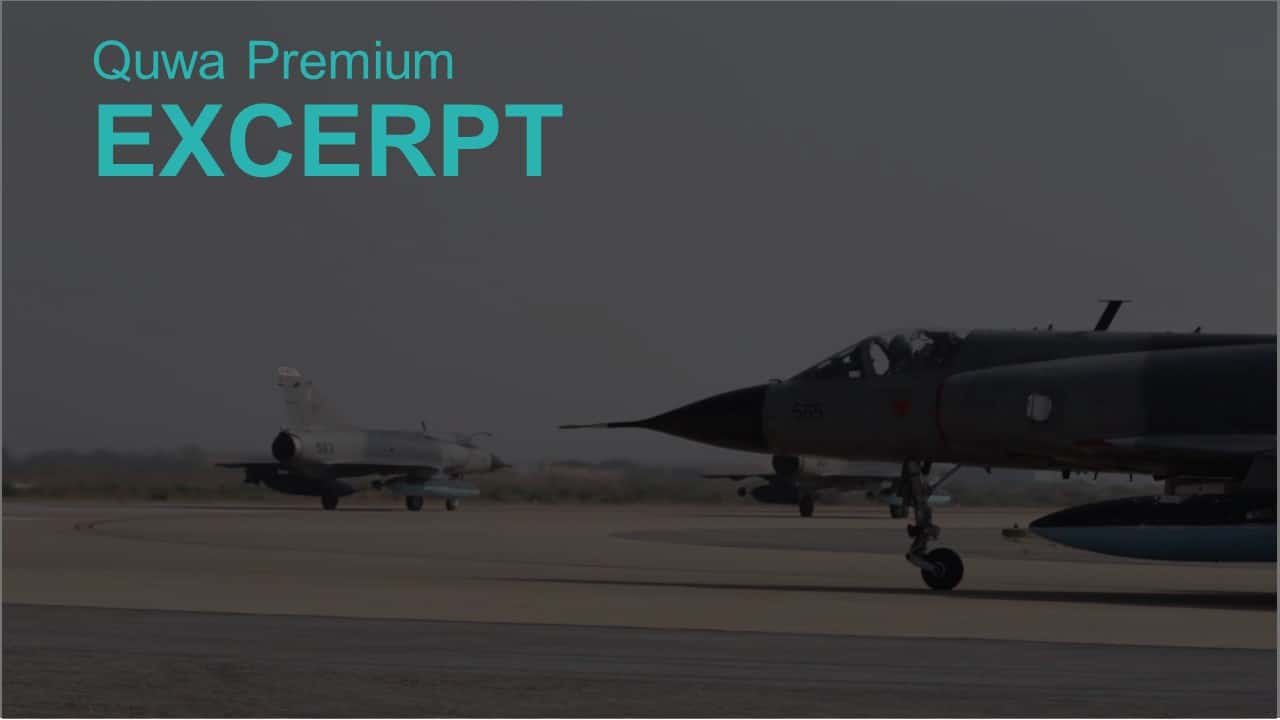During the 2018 International Defence Exhibition and Seminar (IDEAS), which was held in Pakistan in 27-30 November, Pakistan’s Ministry of Defence Production (MoDP) and Ukraine’s UkrOboronProm agreed to explore opportunities for defence collaboration on land, naval/sea and aerial applications.
In its press release, UkrOboronPromstated that it “discussed the state of realization of current military-technical cooperation projects, in particular in the tank industry … and in the development of (Pakistan’s) Navy.” In a separate meeting, the Pakistan Air Force (PAF) noted that noted that there was potential for collaboration in maintenance, repair and overhaul (MRO) of the PAF’s transport aircraft and helicopters.
UkrOboronProm and the MoDP also agreed to collaborate on precision-guided munitions, with concrete work slated to start “in the coming months”. UkrOboronProm is also interested in “joint production” work with Heavy Industries Taxila (HIT) on the al-Khalid I main battle tank (MBT).
Notes & Comments:
Though there had been a lull in activity in recent years, it appears that Pakistan and Ukraine are mutually interested in expanding bilateral defence industry/production ties. Thus far,the most substantive area of collaboration is that of precision-guided munitions, which is expected to start in 2019.
However, this can expand towards expanding Pakistan’s MRO base (to support its IL-78 refueling aircraft and Mi-17/171 helicopters) and, potentially, the production of new platforms. At IDEAS 2018, HIT and its private sector partners proposed a range of new armoured vehicles for the Pakistan Army’s future needs.
Be it wheeled light armoured vehicles (LAV), tracked infantry fighting vehicles (IFV), next-generation MBTs or special operations vehicles (SOV), UkrOboronProm has the industrial inputs (such as diesel engines) as well as design and development expertise to help HIT make original systems.
In Pakistan, UkrOboronProm finds a stronger potential funding source to drive its research, development and production work, and economies of scale. For example, securing work on a LAV for the Pakistan Army could yield a production run of hundreds of vehicles(split between HIT and UkrOboronProm). This would help UkrOboronProm reduce costs and increase its competitiveness domestically and overseas.
For UkrOboronProm, a major coup in this regard might be seeing Pakistan adopt one of its major aircraft programs, such as the Antonov An-70, An-77 or An-188. In 2016, Ukraine’s then ambassador to Pakistan had tried broaching the subject with Pakistan, though analysts were skeptical about Ukraine’s capacity.
Interestingly, UkrOboronProm has been in discussions with Turkish Aerospace to collaborate on the An-188, a turbofan engine-equipped variant of the An-70 medium-to-heavy-lift transport aircraft. Seeing that Turkish Aerospace is engaged with Pakistan, a tripartite transport aircraft program could be proposed.
On the more conservative end, the existing turboprop-based An-70 is in use by the Ukrainian government. UkrOboronProm can explore the idea of a modernized variant of this aircraft (with co-production rights to Pakistan Aeronautical Complex) as a potential, long-term successor to the PAF’s C-130B/Es.
It should be noted that the transfer of goods need not be one-way. Yes, the two countries can jointly look and produce for third-party markets, but Pakistan can also export goods to Ukraine.For example, Kiev is in talks with Pakistan Ordnance Factories (POF) for the supply of ordnance (e.g., ammunition, shells, etc) products. Moreover, if Pakistan co-funds Ukrainian programs, it would get ownership equity and share in manufacturing for units for Pakistani and Ukrainian use alike.



